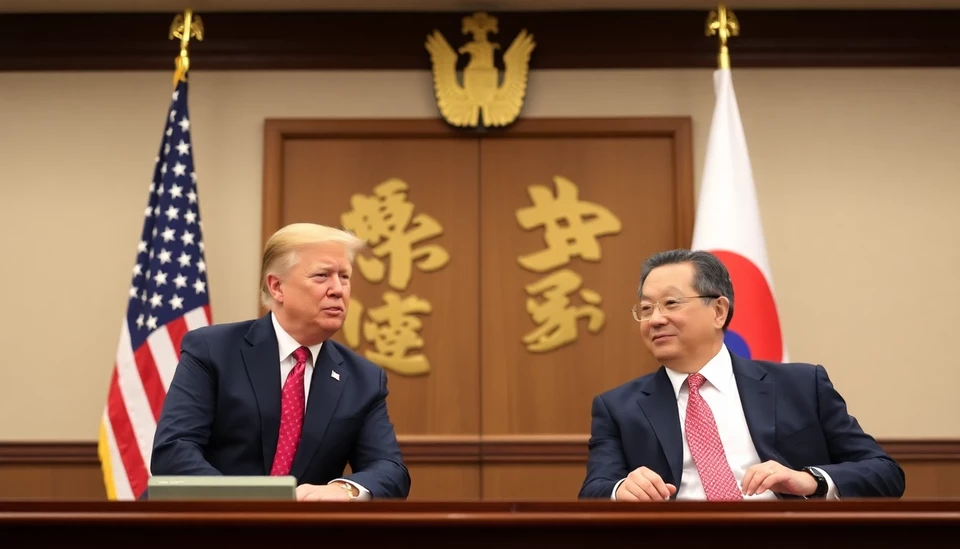
Recent trade statistics from South Korea reveal a concerning trend: exports have significantly decreased following the implementation of new tariffs. This downturn has raised alarms among economists and policymakers, as it indicates the potential ripple effects of global trade policy adjustments.
As per the latest figures released by the South Korean Ministry of Trade, Industry and Energy, the country's exports fell by 6.2% year-on-year in April. This decline marks a continuation of a downward trajectory that has persisted for several months. Notably, the performance of key sectors such as electronics, which traditionally bolstered the country's export economy, witnessed substantial hits.
The situation worsened after newly imposed tariffs by both South Korea and some of its major trading partners came into effect. In particular, tariffs targeting specific goods have made South Korean products less competitive in international markets, particularly in regions that account for a significant share of its exports. Economists attribute this decline not only to the tariffs but also to a general slowdown in demand from major economies.
Among the sectors most affected is the semiconductor industry, a cornerstone of South Korea’s export economy. The semiconductor exports dropped dramatically, reflecting diminished orders from global clients, which were partly driven by rising production costs and reduced consumer demand due to economic uncertainties.
Market analysts warn that if the current trend continues, it could lead to a concerning economic downturn for South Korea, which has traditionally relied on its export-driven economy. A further decline in exports could trigger job losses and adversely affect GDP growth. The government faces mounting pressure to respond with measures to stabilize the economy, and there are calls for reevaluating current trade agreements and tariffs.
In light of these developments, South Korean officials are urged to explore alternative markets and foster relationships with countries that may not impose similar tariffs. Increasing efforts to innovate within the production sector and enhancing cooperation with domestic industries could also provide relief.
This situation serves as a poignant reminder of the delicate balance within global trade dynamics, where tariffs and trade policies can swiftly alter the fortunes of economies. As April draws to a close, it remains critical for South Korea to navigate these financial challenges with strategic foresight to ensure continued economic resilience.
As South Korea grapples with the consequences of its trade strategy, the broader implications for the global market will be a key point of observation in the months to come.
#SouthKorea #TradeData #Exports #Tariffs #Economy #Semiconductors #TradePolicy #GlobalMarket
Author: Daniel Foster




